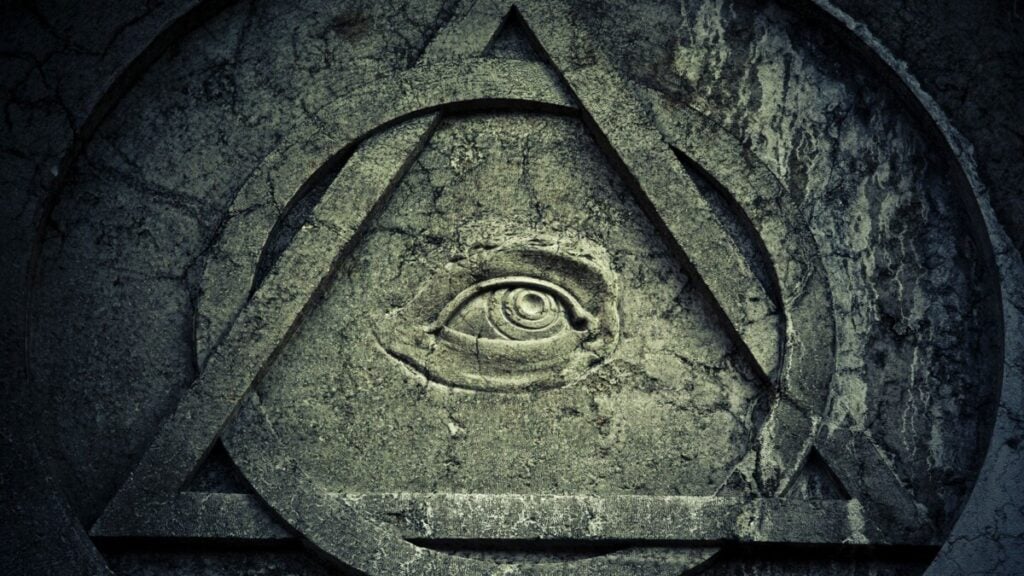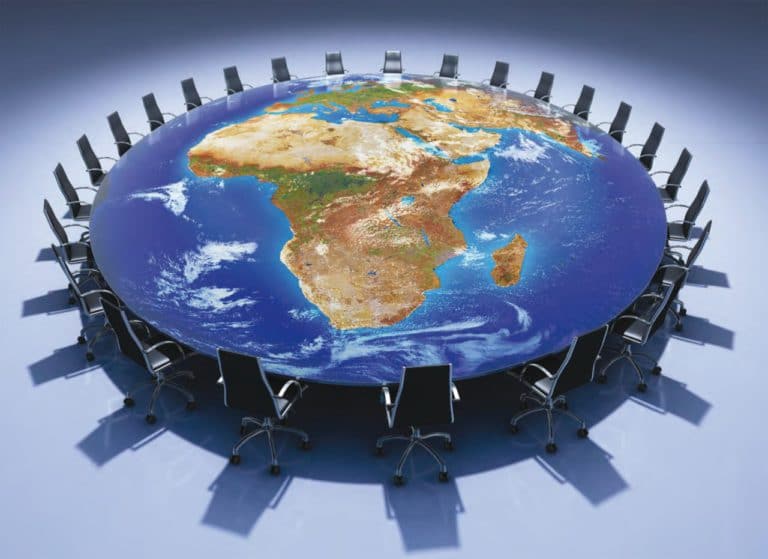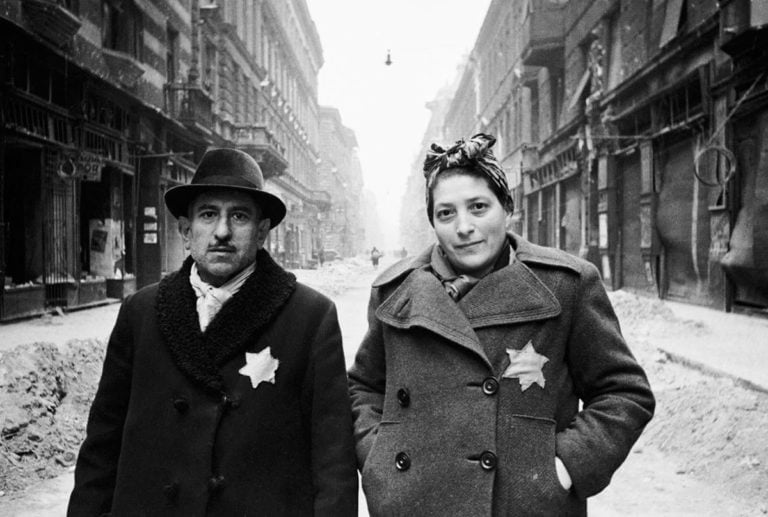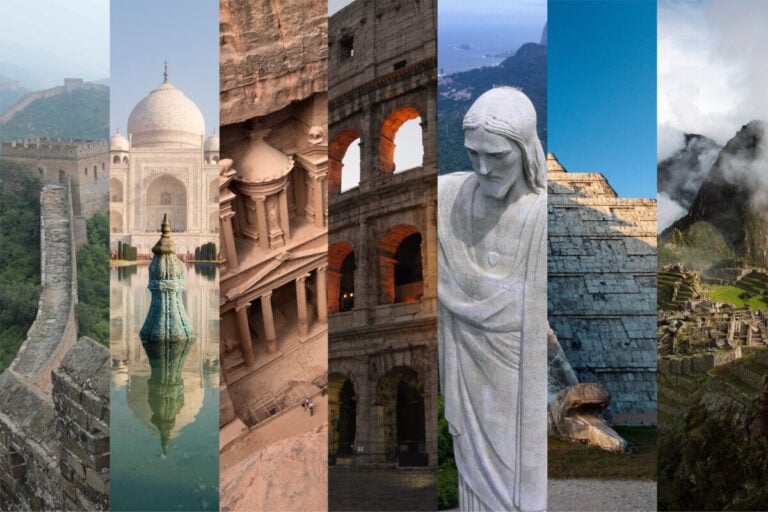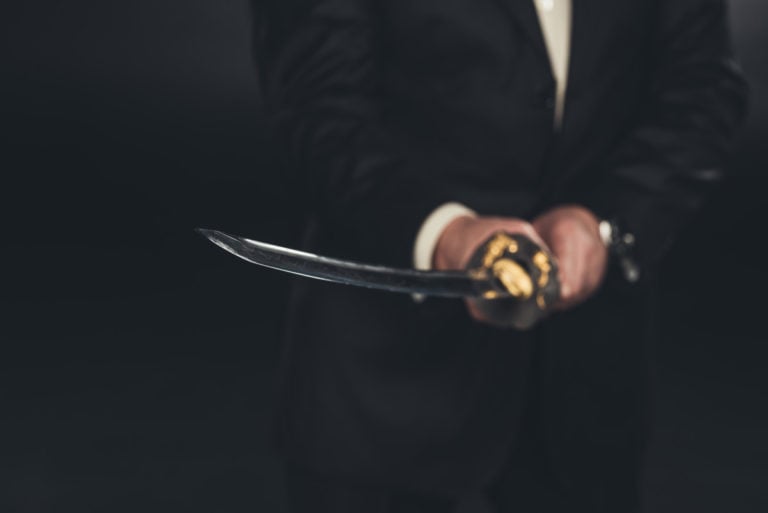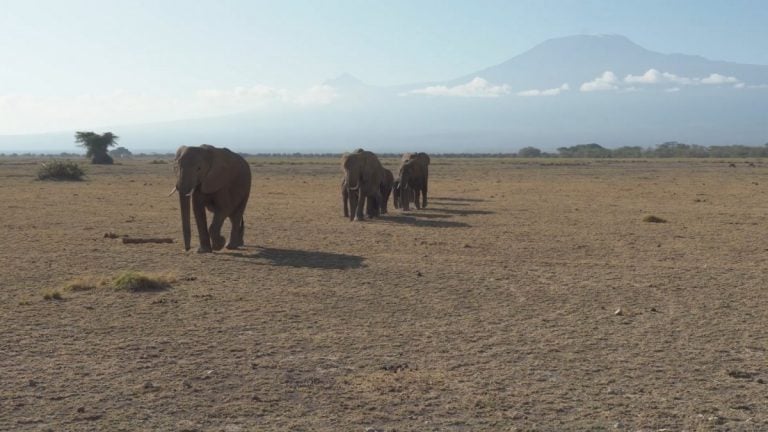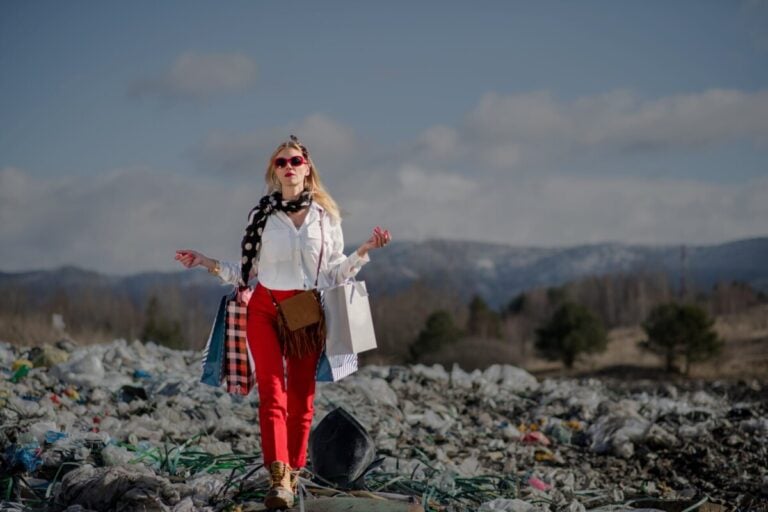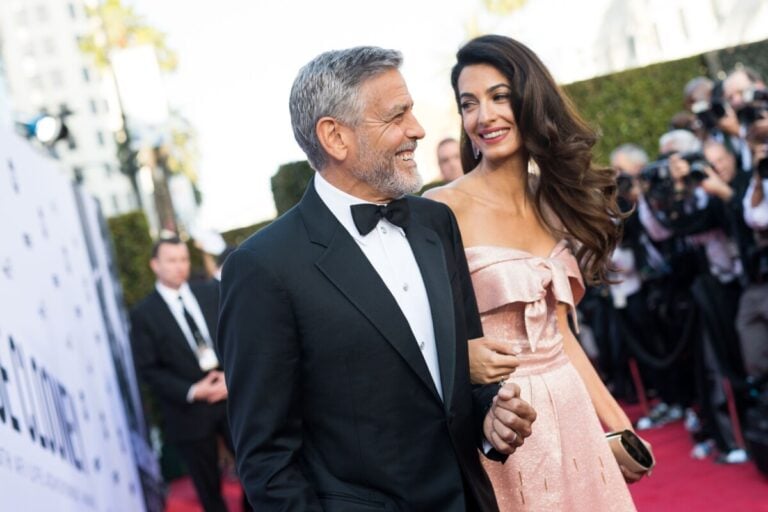Masons are perhaps the most mysterious community in the world. Since ancient times, they have been followed by a trail of legends, mysteries and fictions.
Until now, there are all kinds of rumors about the Freemasons – they allegedly possess secret knowledge, conduct mysterious magical rituals and, of course, rule the world. “Freemasons” are the protagonists of many popular conspiracy theories. They say even the Masons collaborate with alien races.
Such absurd ideas do not in any way affect the popularity of the Freemasons, whose “suspicious affairs” are periodically reported in the media and shown in films. However, all this is not surprising: in a sense, the Freemasons themselves created such a reputation, having once completely closed themselves off from the outside world and cast a thick veil of secrecy over themselves. So people began to invent all sorts of fables about them, trying to somehow explain what was happening. As they say, what the eye doesn’t see, the brain thinks of.
Legendary “free masons”
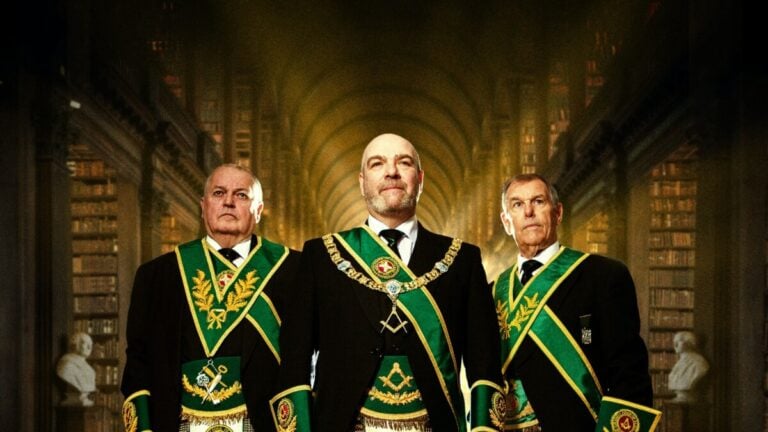
This legend tells about the builders of the first Jerusalem temple, which personified the final unification of the Jewish people, which occurred during the reign of King Solomon. To build a truly magnificent building, builders came together to mutually support each other and pass on knowledge about architecture.
The construction manager was the architect Hiram Abiff, who divided the workers into several classes:
- students;
- apprentice;
- masters.
Apprentices, as the least qualified, received the lowest pay. The masters had the biggest one. Each level had its own special signs and passwords. When receiving payment, workers used certain words or gestures to indicate their class affiliation.
One day, several apprentice builders captured Hiram and tortured him so that he would reveal to them the secret password by which the craftsmen were paid. Hiram said nothing, for which he was killed. However, there is another version of this legend, which says that the students were not interested in money at all. They needed knowledge of the secrets of architectural and world harmony.
Of course, this is only a legend, but it is very important for Masons. Actually, it defines the basic principles of this movement. As in the legend, the Masonic society has apprentices, journeymen and masters. Each degree reflects the level of personal development. Masons, like the builders from the legend of Solomon’s Temple, exchange secret knowledge. They also have a special system of gestures and passwords, and they use various construction tools as symbols.
The name of the secret society goes back to the legend of the ancient builders: “Mason”, or, as they also say, “Freemason” or “freemason”.
How did Freemasonry appear
Historians believe that the legend of Master Hiram is a purely symbolic narrative, and in reality everything was somewhat different. In their opinion, the founders of Freemasonry are the medieval brotherhoods of masons.

In those distant times, the construction of Gothic temples, palaces and other buildings, striking in their beauty, majesty and impressive size, flourished in Western Europe. The construction of such buildings could take a very long time. Sometimes it dragged on for such a long period of time that several generations of architects managed to change.
The construction of large-scale and intricate structures required great skill and special knowledge, which was not passed on to everyone, but only to those who were initiated into the art of architecture and passed a series of tests. Workers and architects settled near the construction site and created something like communities to help each other and exchange knowledge.
These communities eventually accepted the guild organization, and then there was a need to regulate relations between its participants. Thus, general rules were developed defining the relationship between the “brothers”, the admission of new members, the resolution of disputes and conflicts, the procedure for payment of work, etc. The organization acquired its own rituals, symbols and secret signs with the help of which they could distinguish each other friend and recognize “brothers” among those not initiated into the secrets of construction skills.
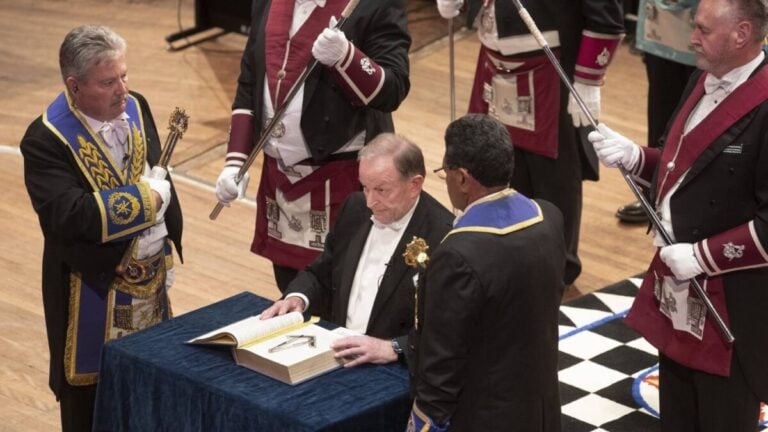
When the mass construction of temples and cathedrals stopped (and this happened at the beginning of the New Age), the associations of “free masons” fell into decay. But they did not disintegrate, but began to transform into something completely different.
The ranks of the Freemasons were replenished by the richest, most influential and enlightened people – “supporters of the masons.” But over time, there were more and more of them in the brotherhood, and there were fewer and fewer of those who were directly connected with architecture and construction. At some point, the new progressive participants realized that, under the guise of existing mason associations, they could create new educational societies without attracting unnecessary attention from the authorities.
For Europe these were turbulent times of revolutions and wars. Any meetings were considered suspicious, so the organization of architects and builders, supposedly based exclusively on professional and craft principles, became an excellent cover for meetings of all progressive-minded people. By the way, in Russia A. S. Pushkin, N. M. Karamzin, A. S. Griboyedov and others were considered Freemasons.
Over time, only some general ideas and symbolism remained from the original meaning of the organization. For example, the symbols of Freemasonry are still the compass and the square – they are associated with learning, the ability to draw boundaries and see the truth.
In 1717, the first Masonic Grand Lodge was formed in England. Its main tasks were not reforms or participation in political intrigues, but the unification of the remaining Masonic societies, which had previously been scattered. Thus began the history of Freemasonry in the form in which we know it now – the history of the so-called symbolic Freemasonry.
What goals do the Masons pursue
Since the secret and closed circle of Freemasons has long included the richest and most famous people in Europe, a persistent idea arose in society that “free masons” at their secret meetings decide the fate of the world and exchange some sacred knowledge inaccessible to mere mortals. Yes, in various parts of the world the members of the brotherhood are indeed mostly influential people, but the essence of Freemasonry is completely different.
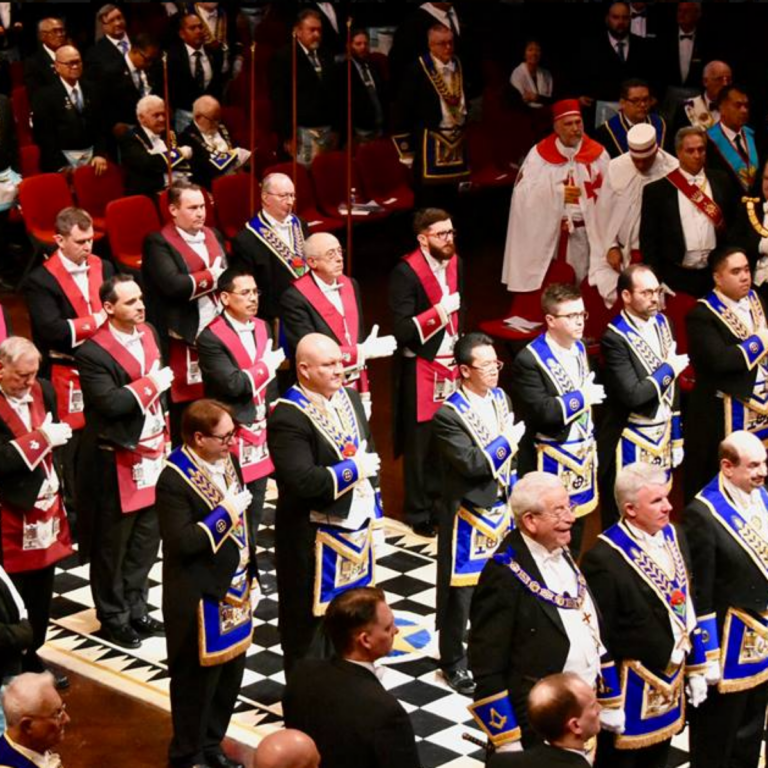
Everyone who joins the lodge must tirelessly work on themselves and at the same time try to make other people better – more educated, more moral, more tolerant. Each Mason must also constantly grow spiritually within the framework of the religion that he professes. And this, by the way, answers the question: isn’t Freemasonry a sect? No is not.
Firstly, this is hampered by the community governance mechanisms developed over centuries, and in particular the fact that the head of the lodge – the Worshipful Master – cannot be in office for more than three years. In general, the titles used in Freemasonry have only a symbolic and administrative meaning, indicating the role of a particular member in the rites of the order.
Well, secondly, Freemasons do not profess any particular religion: each “brother” himself has the right to determine his own philosophical and religious worldview. The only rule is that every member of the lodge must believe in God, the Great Architect of the Universe (and this is another reference to the architectural symbolism of Freemasonry), and in the immortality of the soul. However, by today they have begun to distinguish liberal Freemasonry, where atheists and agnostics are also admitted.
Religious topics are never discussed at Masonic meetings. They don’t touch on political issues there either – it’s taboo. They do not set themselves the goals of organizing revolutions, overthrowing governments and ruling the world. Freemasonry does not encourage its “brothers” to join any particular party and does not impose any ideological doctrine. One of the principles of Masonic teaching is a loyal attitude towards the authorities that coexist territorially with Freemasonry, and assistance to the society in which Masons live.
Charity is one of the main Masonic virtues. Masons open hospitals in poor countries and provide assistance to the needy and disadvantaged.
Mystical symbols and rituals
In fact, all Masonic signs and rituals are nothing more than a symbolic way of cognition and advancement on the path of moral and spiritual improvement.

As already noted, on the path of their improvement, Masons go through three degrees: student, journeyman, master. Mozart, for example, expressed his understanding of Freemasonry in music, Pushkin in poetry.
Many people are confused by the fact that Masons use certain symbols, such as the pentagram. After all, the five-pointed star in the mass consciousness is closely associated with the occult and satanic rituals. In fact, this meaning of this symbol appeared relatively recently.
The very image of a five-pointed star is one of the oldest symbols, which was used by the students of Pythagoras as a sign of health and knowledge. In Christianity, the pentagram symbolizes the star that shows the wise men the path to Jesus. Masons see in the five-pointed star the unity of man and the universe, as well as the unity of the Masonic brotherhood on five continents.
The rituals of different Masonic lodges have only a common similarity – architectural symbolism.
Freemasons do not have a central governing body. There is only a grand lodge – an association of several territorially connected lodges. But for such a leading organization to exist, it requires recognition by other Grand Lodges.
Traditionally, Freemasonry is an exclusively male association. However, today there are also women’s lodges. They operate separately from the men’s lodges, but men and women can meet in the joint work of the Grand Lodge.
How the myth of the Masonic conspirators arose
And yet, where did the idea of Freemasons as conspirators who want to overthrow governments and establish their power come from?
The secrecy and closeness of Masonic lodges have always been the subject of controversy and speculation. Meetings of smart, educated and influential people, especially secret ones, could not but arouse the suspicion of the authorities. And if we remember the conditions under which symbolic Freemasonry was born (with a global change in public sentiment), then it becomes clear why the activities of lodges were banned in different countries at one time.
The Church also could not come to terms with the Freemasons, who did not recognize any particular religion and preached personal freedom in matters of faith.
In addition, in the rituals of the Freemasons one can notice quite a lot of elements of Old Testament symbolism, as well as the history and symbolism of Kabbalah, a mystical movement in Judaism, which also did not make them popular. Thus, the Freemasons earned themselves a negative reputation, which still haunts them today, and completely unfoundedly.
